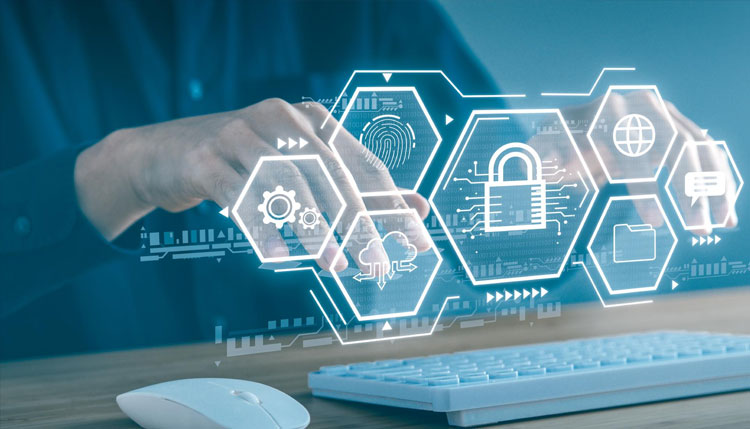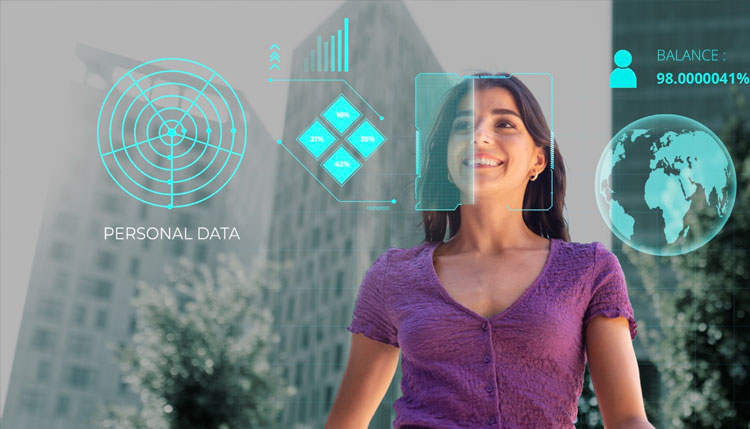
Biometric Breakthrough: Shielding the Digital World from Deepfake Deception
In the digital era, the proliferation of deepfake technology presents a significant challenge to the integrity and authenticity of digital content. Deepfakes, which use artificial intelligence and machine learning to create realistic but entirely fabricated images, videos, and audio recordings, have raised concerns across various sectors, including politics, entertainment, and personal security. However, biometric technologies offer a promising solution to mitigate the risks associated with deepfakes, by providing secure and reliable methods of verifying the authenticity of digital media.
Biometrics refers to the identification and verification of individuals based on their physical or behavioral characteristics, such as fingerprints, facial recognition, voice recognition, and iris scans. These unique attributes are extremely difficult to replicate accurately, making biometrics a potent tool in the fight against deepfakes.
Facial Recognition and Deepfake Detection
One of the most direct applications of biometrics in combating deepfakes is through advanced facial recognition technology. Unlike simple image analysis, sophisticated facial recognition systems can analyze the minute details and anomalies in facial movements and expressions that are often overlooked by deepfake algorithms. By comparing these details against a database of known faces, these systems can effectively identify deepfakes with a high degree of accuracy. For instance, researchers have developed algorithms that can detect the subtle irregularities in eye blinking or facial movements that are not typically replicated in deepfakes, providing a powerful tool for authenticating digital content.
Voice Biometrics
Similarly, voice biometrics can be used to verify the authenticity of audio recordings. Deepfake audio, although increasingly convincing, still struggles to perfectly replicate the unique characteristics of an individual’s voice, including tone, pitch, and speech patterns. Voice biometrics technology can analyze these characteristics to distinguish between genuine and fabricated recordings. This is particularly useful in scenarios where audio authenticity is critical, such as legal proceedings or the verification of public statements by officials.
Behavioral Biometrics
Beyond physical characteristics, behavioral biometrics, which include typing patterns, mouse movements, and other interaction patterns, can also play a role in identifying deepfake content. For instance, video deepfakes may not accurately replicate the natural movements or gestures of a person, and these discrepancies can be detected through sophisticated analysis of the video content.
Challenges and Limitations
Despite the potential of biometrics in combating deepfakes, there are several challenges and limitations to consider. Privacy concerns are paramount, as the use of biometric data requires careful handling and protection to prevent misuse. Additionally, the arms race between deepfake creators and detection technologies means that as biometric detection methods improve, so too will the sophistication of deepfakes. This necessitates continuous research and development in biometric technologies to stay ahead of emerging threats.
Moreover, the effectiveness of biometric solutions can vary depending on the quality and resolution of the deepfake, as well as the availability of authentic biometric data for comparison. Ensuring widespread access to secure, reliable biometric verification tools is therefore critical in making these technologies a viable solution for the broader public.
Conclusion
Biometric technologies offer a promising approach to addressing the challenges posed by deepfakes, providing secure and effective methods for verifying the authenticity of digital media. By leveraging the unique physical and behavioral characteristics of individuals, biometric solutions can help safeguard the integrity of digital content against the manipulation and deception of deepfake technology.
However, the success of these efforts will depend on overcoming privacy and technological challenges, necessitating a collaborative approach among tech companies, researchers, and policymakers to develop robust, accessible biometric verification systems. As we move forward, the continued evolution of biometric technologies will be crucial in maintaining trust and authenticity in the digital age. For more information, please write to info@trueid.in











